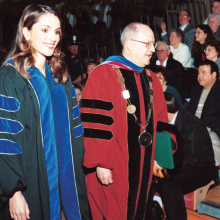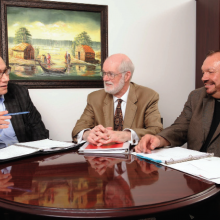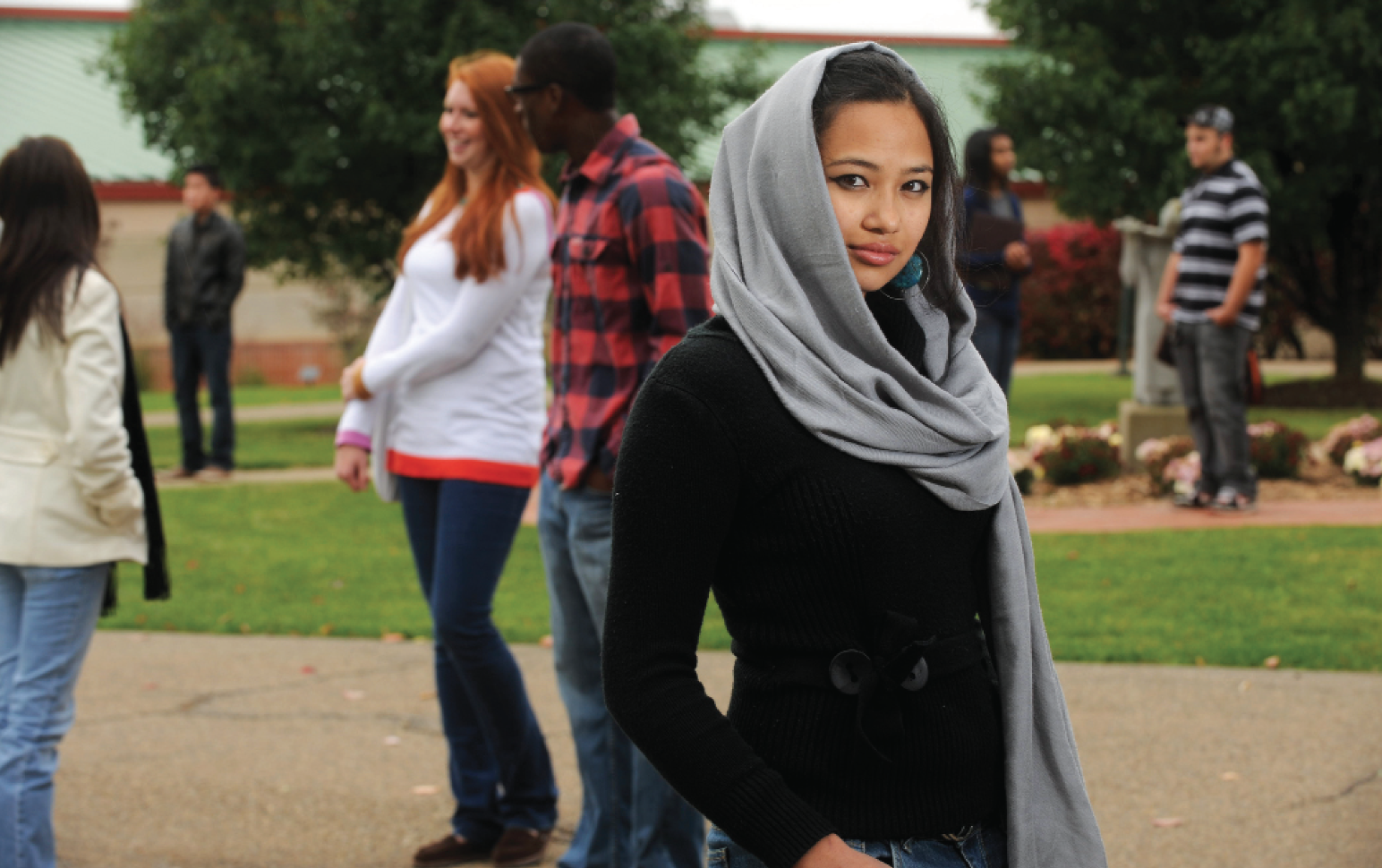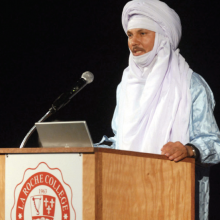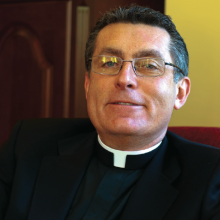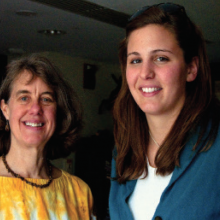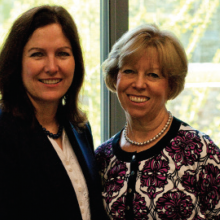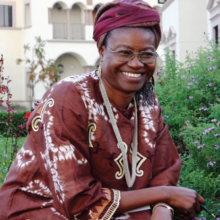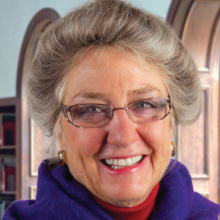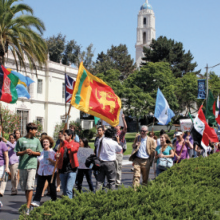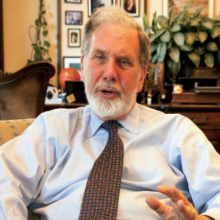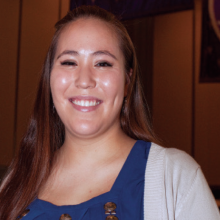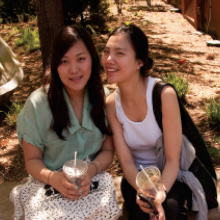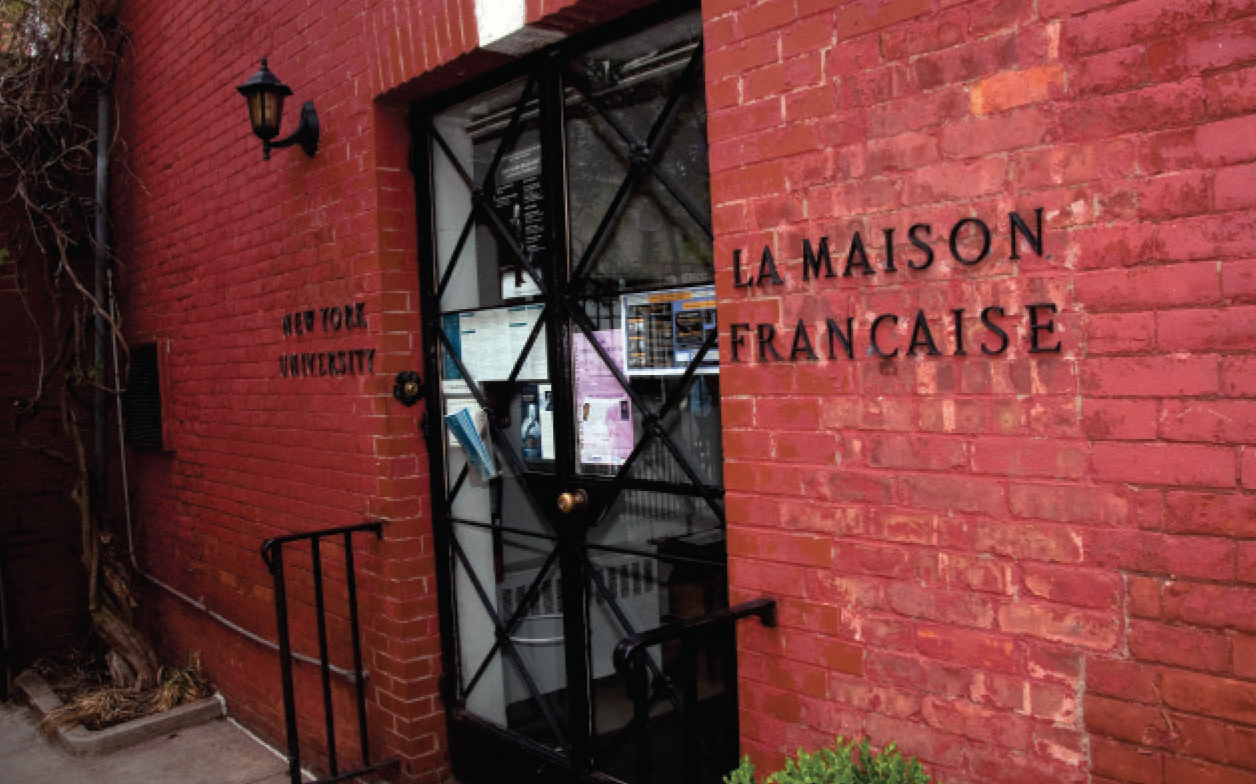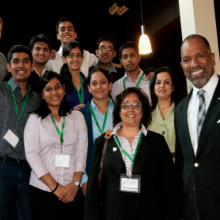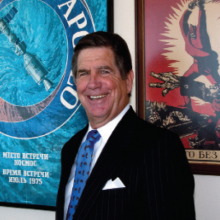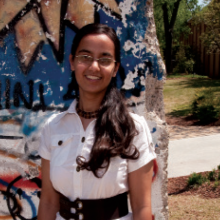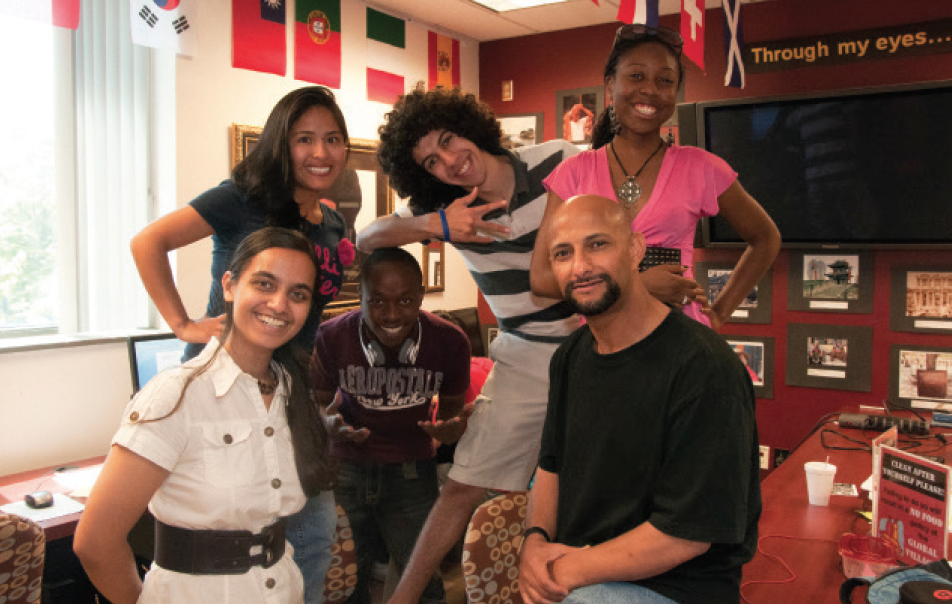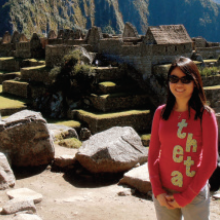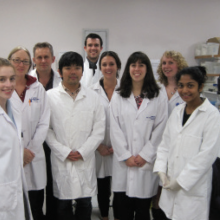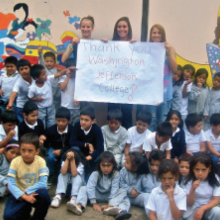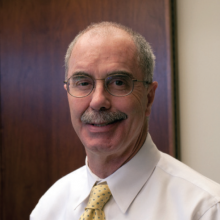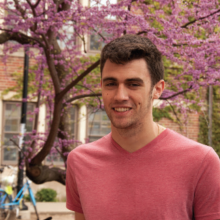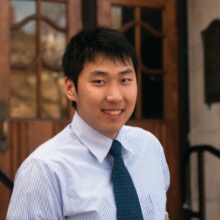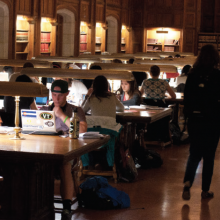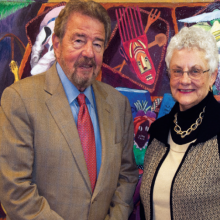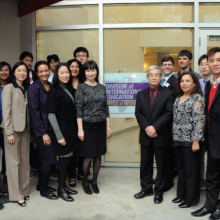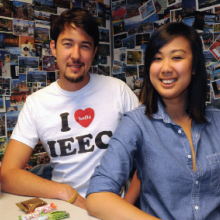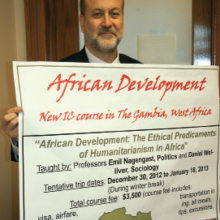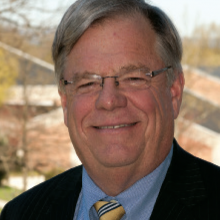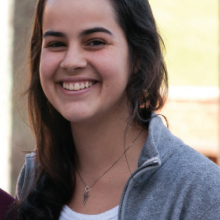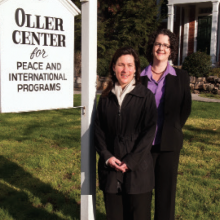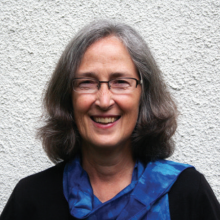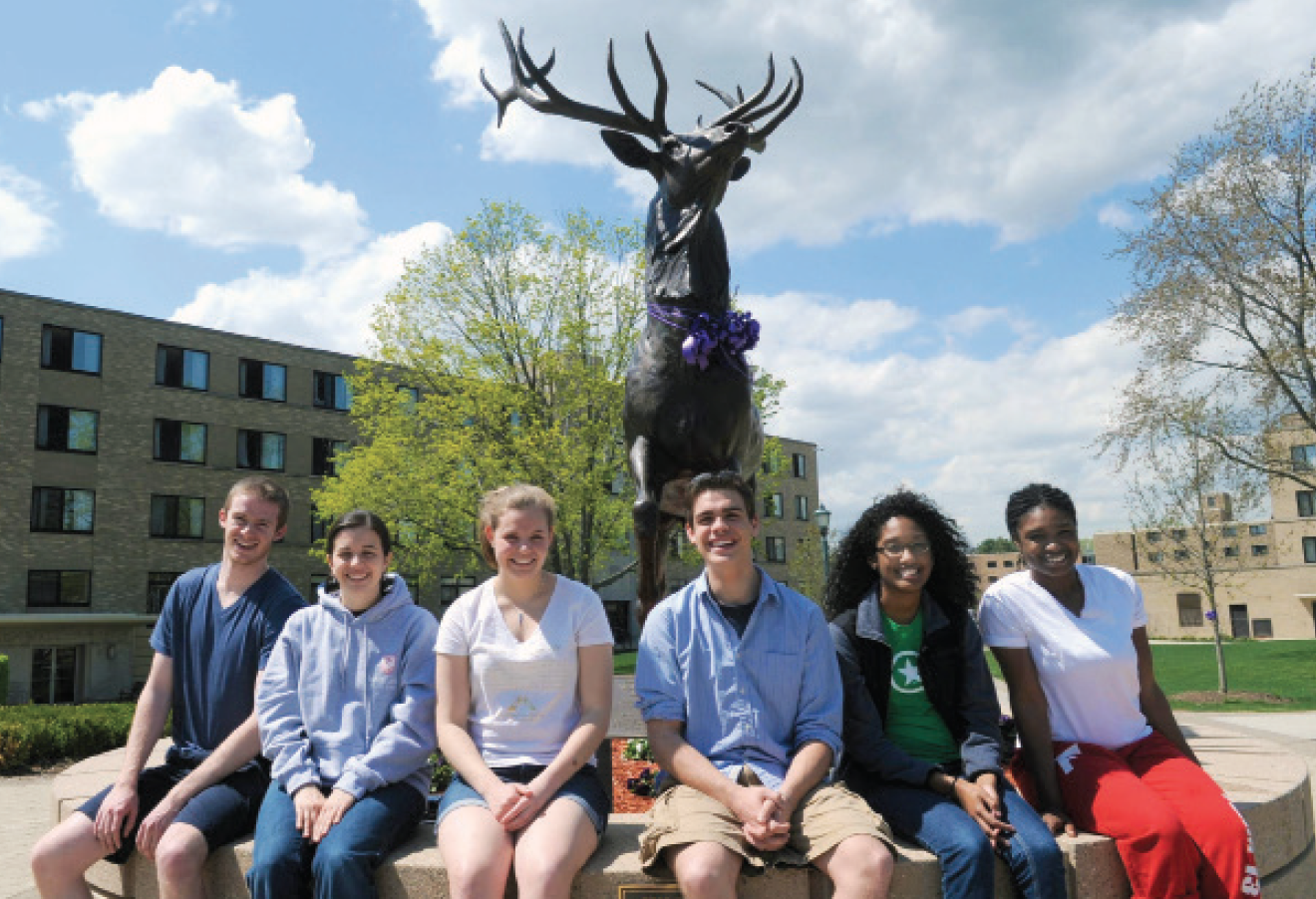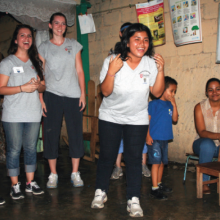2010 Spotlight La Roche College
The old saw that no good deed goes unpunished tells in part the story of La Roche College and its Pacem in Terris Institute, which has provided several hundred scholarships for students escaping conflicts in countries torn by war from the Balkans to Burundi. The institute and its work brought renown to the small Catholic college in Pittsburgh. The queen of Jordan and first lady of Uganda served on the board of Pacem in Terris, founded in 1993 by the late Monsignor William Kerr soon after he became the college president.
The commitment to provide full tuition, room, and board to every Pacem in Terris student eventually put the college’s resources under heavy strain, especially as enrollment declined after 2002. The La Roche trustees finally decreed that no more Pacem in Terris students could be admitted unless the funds were in hand to pay for their four years of education. In June 2009 Inside Higher Education ran what amounted to an obituary for Pacem in Terris, reporting that the program was on hiatus after graduating its last four scholarship recipients. The college had invested $7 million of its own funds, $4 million in grants from the U.S. Agency for International Development, and $4 million in gifts from other donors in the program over the years, but never built an endowment or rainy day fund for Pacem. (The college’s own endowment is only $4 million).
A Rebirth
The hiatus, however, was brief. By fall 2009 Pacem in Terris enrolled two new scholarship recipients from Uganda and Burundi and now there are two more Pacem students from Rwanda and Equatorial Guinea. “We’ve had a bit of a resurgence,” said Kenneth Service, the outgoing vice president for institutional relations and executive director of Pacem in Terris. Some $120,000 has been raised for new scholarships, and the college is talking with donors about creating opportunities for students from Sri Lanka and Lebanon.
Moreover, the scholarship initiative has had a lasting effect on the college, which the Sisters of Divine Providence founded in 1963 to prepare young women entering their order; that was the same year that Pope John XXIII issued the celebrated Pacem in Terris encyclical on human rights. Later La Roche opened its doors wider, first to women and then to both sexes. Kerr, president from 1992 to 2004, was a friend to the powerful as well as the poor. Vice President Joseph Biden and Rwandan President Paul Kagame were among those paying tribute after the priest died of a stroke while celebrating Mass at the cathedral in Tallahassee, Florida, in 2009. Sister Candace Introcaso, the college president, also saluted Kerr, telling the Pittsburgh Post-Gazette, “Under his leadership, La Roche College was transformed from a regional coeducational, liberal arts college into a global community of learners with a burgeoning international presence.”
The Pacem in Terris story began with Kerr’s journey to a Croatian refugee camp in 1993 during the civil war in the Balkans. A Croatian-American businesswoman had offered to help provide scholarships. “Typically, he went over there to find 20 students and came back with 30,” said Service. Kerr had a larger purpose than just making a difference in the lives of a few individuals. He wanted to strike a blow against hatred and hostility among Muslims, Christians, and Jews. “Taught by the lessons of the Holocaust and now of ‘ethnic cleansing,’ young people from wartorn areas must be educated to break the cycles of resentment and revenge which have fueled the major conflicts of the twentieth century,” Kerr wrote.
Later, when Rwanda was convulsed by genocide, Kerr secured support from AID to bring scores of refugees to Pittsburgh for a college education. La Roche built a successful English as a Second Language program to accommodate the French-speaking newcomers. By 2009, when it looked like Pacem in Terris might fade into the past, the program had produced 451 graduates from trouble spots in the Balkans, Africa, and the Middle East.
Fostering Global Citizenship
The college sold some underused property to bolster its finances, and the 2009–10 enrollment of 1,230 undergraduate and 126 graduate students included 139 international students, plus 46 more in the ESL program. Most of these international students are paying their own way. La Roche’s enrollment is down from a peak of almost 2,000 in 2002, but it rose in fall 2010. The college’s mission statement proudly states that La Roche “fosters global citizenship and creates a community of scholars from the region, the nation, and around the world” and seeks to “promote justice and peace in a constantly changing global society.”
Thomas Schaefer, who joined the college in 2002 as director of external relations for Pacem in Terris and now is associate vice president for academic affairs, said that this commitment to globalization is a direct legacy of Pacem in Terris. “It grew out of that sense that this is central to our mission. We’re now taking what Pacem initiated and making sure that every student has a global awareness.”
It also is making it possible for more students to experience education abroad. It launched a Study Abroad, Study USA program beginning with freshmen who entered in 2009 that includes in their regular tuition the cost of taking an education abroad course lasting one to three weeks or spending the same amount of time immersed in a domestic, multicultural experience, such as studying blues music in Harlem or volunteering on the recovery effort in New Orleans.
Service agreed that Pacem in Terris “encouraged the college to become much more international and to reach out and do more student recruitment internationally.” That emphasis also is seen in an annual conference on “Global Problems, Global Solutions” that La Roche inaugurated in 2004 and now holds jointly with Carnegie Mellon University, the University of Pittsburgh, and Duquesne University. Even with Hurricane Ivan bearing down, 100 students and faculty turned out that first year to discuss the United Nations Millennium Development Goals. The joint conferences typically draw as many as 500 students, faculty, and townspeople for two days of lectures and workshops.
Paul Le Blanc, a history professor who studies working class politics and revolutionary movements, said Pacem in Terris “was transformative for all of us. In some ways we bit off more than we could chew, but then in dealing with the various issues and realities that came up, we evolved in ways that have been wonderful.”
Think Big
What lessons should other colleges draw from the Pacem in Terris experience at La Roche? “You have to decide whether you’re on the ‘God will provide’ or the ‘God helps those who help themselves’ side of the ledger,” said Service. Raising scholarship funds became harder after September 11, 2001, Service said, and some promises of help never came through. But Service sees another message from the story of La Roche and Pacem in Terris.
“Don’t be afraid to think big; don’t be afraid to take some risks,” he said. “While the financial side of this was a problem, the other benefits that La Roche has received from this program are almost incalculable.” La Roche now provides students “a much higher quality education that prepares them to go out into a global society. While that wasn’t the initial intent, some of those ancillary benefits have more than paid for themselves. "


